British naturalist and father of evolutionary theory.
Charles Darwin
The collections of islands located approx. 1000km west of Ecuador where Charles Darwin further developed his theory of evolution by natural selection.
The Galapagos Islands
The human practice of breeding animals or plants that have certain desired traits.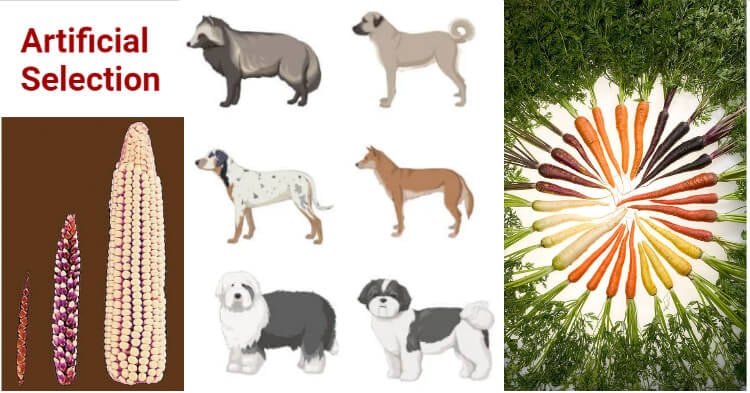
Artificial selection
Each generation has more offspring that can be supported by the environment.
Overproduction
Darwin sailed aboard the HMS ___________
Beagle
The process by which living organisms change over time through changes in the genome
Evolution
The study of fossils or extinct organisms.
paleontology
The ability of a trait to be passed from one generation to the next.
Heritability
The idea that species change over time, gives rise to new Species.
Descent with Modification
Hares shift toward extremely white or brown fur depending on winter conditions. What type of selection is this?
Disruptive selection
A group of organisms that are closely related and can mate to produce fertile offspring.
Species
type of natural selection that favors individuals with extreme traits over those
Disruptive selection
The process by which individuals that are better adapted to their environment survive and reproduce more successfully than less well adapted individuals.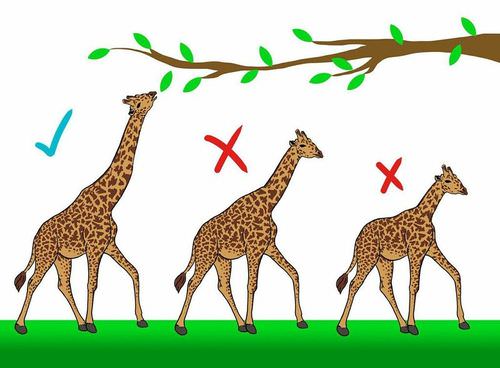
Natural selection
A group of organisms of the same species that live in a specific geographical area.
Population
There is 3 types of evolution. ____________, ______________, and ________________
Biological (organic)
Chemical
Geological
The trace or remains of an organism that lived long ago, most commonly preserved in sedimentary rock.
Fossil
Specialized teeth are an example of this type of adaptation.
Structural
The process of becoming adapted to an environment; an anatomical, physiological, or behavioral change that improves a population's ability to survive.
Adaptation
The measure of an organism's ability to survive and produce offspring relative to other members of a population.
Fitness
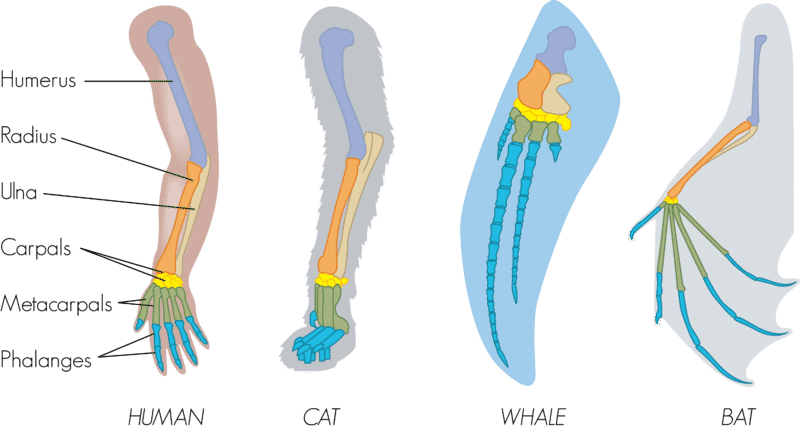
Body parts that are similar in structure to different organisms but perform different functions.
Homologous Structure
type of natural selection that favors one extreme phenotype over other phenotypes
:max_bytes(150000):strip_icc()/directionalselection.svg-56a2b38e5f9b58b7d0cd8859.png)
Directional selection
A model of evolution in which gradual change over a long period of time leads to diversity.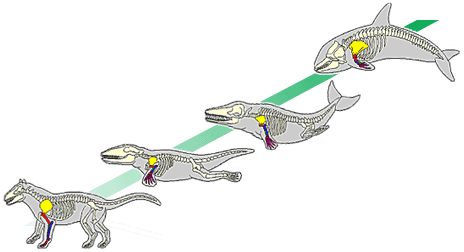
Gradualism
Differences in physical traits of an individual from the group to which it belongs.
Variation
Name 2 (Two) types of adaptations.
Possible Answers:
Behavioural
Physiological (functional)
Structural
Remnants of an organ or structure that functioned in an earlier ancestor, no longer functions today.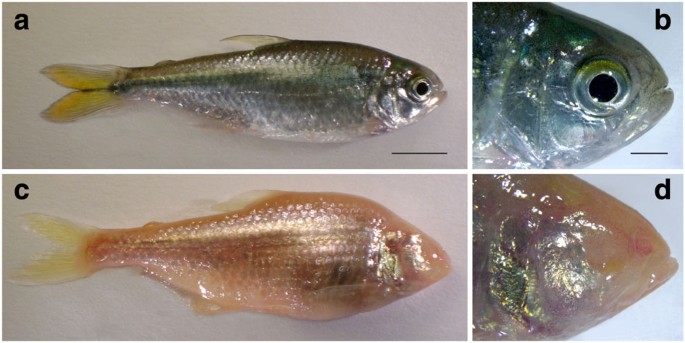
Vestigial Structure